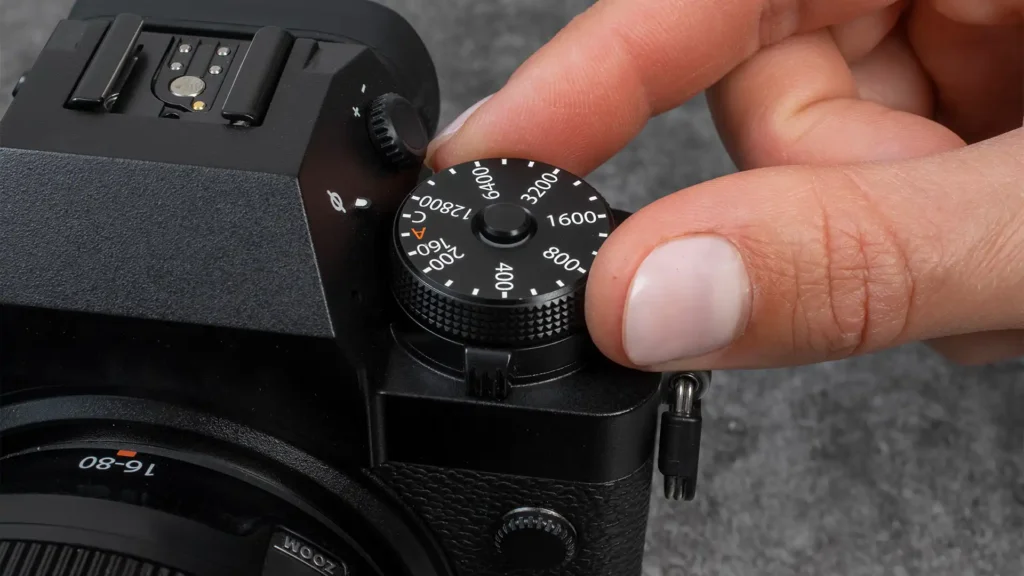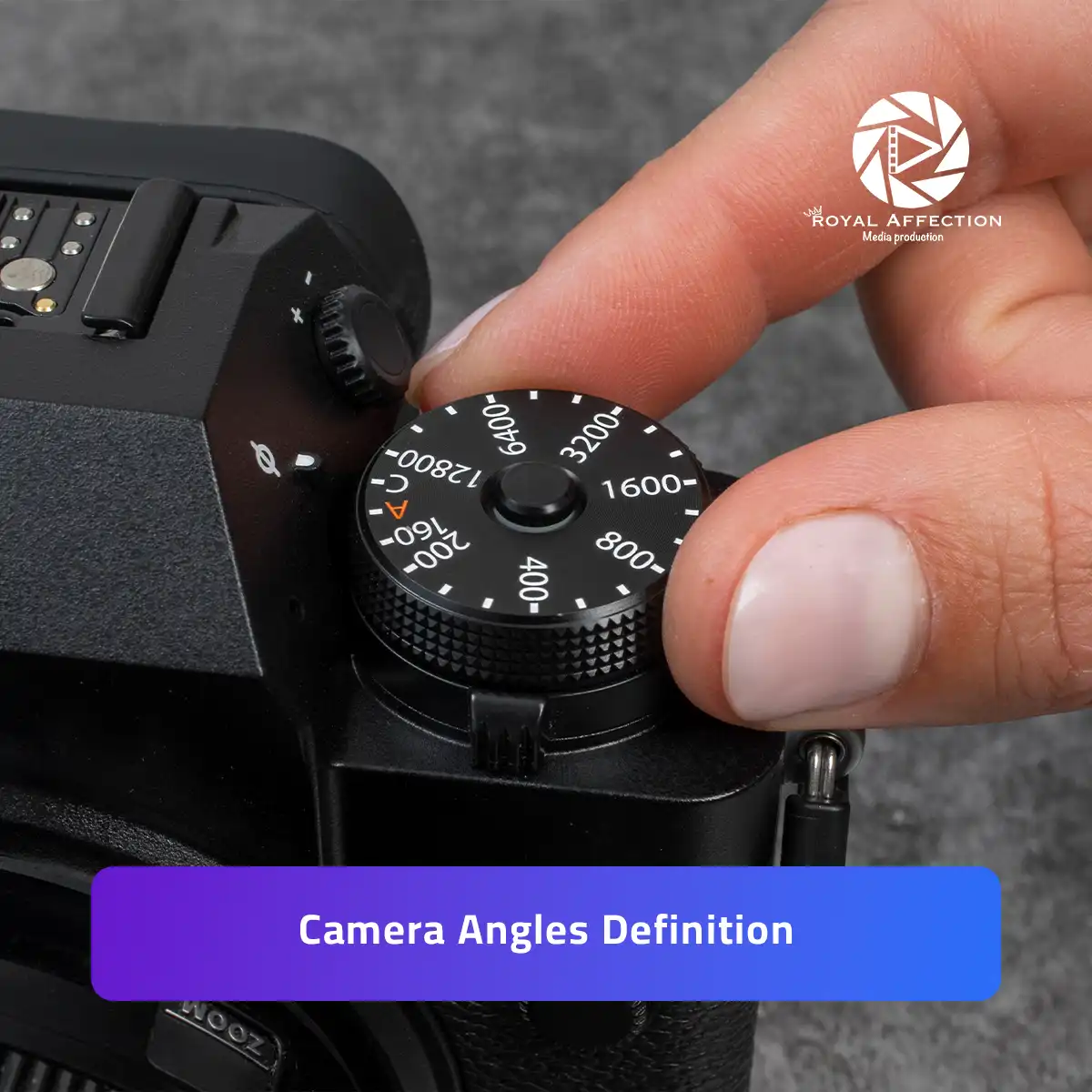Understanding camera angles definition is essential for anyone interested in filmmaking, photography, or visual storytelling. Camera angles refer to the position and viewpoint of the camera relative to the subject being filmed or photographed. The way a shot is framed can dramatically impact the perception of a scene, conveying emotions, enhancing storytelling, and guiding the viewer’s attention.
In this article, we’ll explore the camera angles definition, various types of camera angles, their uses, and why they are crucial for creating compelling visual content.
Camera Angles Definition: An Overview
Camera angles definition refers to the perspective from which a camera captures a scene or subject. It includes the height, tilt, and position of the camera in relation to the subject. Camera angles can be categorized into different types based on the camera’s placement, direction, and the resulting field of view. By altering the camera angle, filmmakers and photographers can evoke different emotions, emphasize certain aspects of the scene, and create visual interest.

Camera Angles Definition
In essence, the camera angles definition involves the creative use of the camera’s position to enhance storytelling and provide viewers with a unique perspective.
Types of Camera Angles and Their Definitions
There are several types of camera angles used in filmmaking and photography, each serving a specific purpose and creating a distinct visual effect. Here are some of the most common camera angles and their definitions:
1. Eye-Level Angle
The eye-level angle is one of the most commonly used camera angles. It places the camera at the subject’s eye level, creating a neutral perspective. This angle is often used for dialogue scenes and to present characters in a relatable and natural manner.
2. High Angle
A high angle positions the camera above the subject, looking down. This angle makes the subject appear smaller, weaker, or more vulnerable. It’s often used to show dominance or create a sense of powerlessness in a character.
3. Low Angle
The low angle is shot from below the subject, looking up. This angle makes the subject appear larger, stronger, or more imposing, conveying power and dominance.
4. Bird’s Eye View
The bird’s eye view is an overhead angle that looks straight down at the subject from above. This angle provides a unique perspective and is often used to show the layout of a scene or establish spatial relationships between characters and objects.
5. Worm’s Eye View
Opposite to the bird’s eye view, the worm’s eye view looks up at the subject from below. This angle creates an exaggerated sense of height and can make the viewer feel small or insignificant in relation to the subject.
6. Dutch Angle (Tilted Angle)
The Dutch angle, also known as a tilted angle, involves tilting the camera to one side, creating a slanted horizon. This angle is used to convey unease, tension, or instability within a scene.
7. Over-the-Shoulder Angle
The over-the-shoulder angle places the camera behind one character, looking over their shoulder at another character. It’s commonly used in conversations to establish a connection between characters.
8. Point-of-View (POV) Angle
The POV angle shows the scene from the perspective of a character, allowing the viewer to see what the character sees. This angle helps create a sense of immersion and identification with the character.
9. Close-Up
A close-up focuses on a specific part of the subject, such as the face or hands. It’s used to highlight emotions, details, or reactions, drawing the viewer’s attention to a particular element of the scene.
10. Extreme Close-Up
An extreme close-up zooms in even further, focusing on a single detail, like an eye or a piece of jewelry. This angle emphasizes minute details and is often used to create tension or highlight significance.
Uses of Camera Angles in Filmmaking and Photography
Each type of camera angle serves a unique purpose in storytelling. Here are some of the key uses of different camera angles in filmmaking and photography:
1. Establishing Character Relationships
Camera angles can indicate the power dynamics between characters. For example, a high angle can make a character appear inferior, while a low angle can make them seem dominant.
2. Conveying Emotion and Mood
Camera angles help set the tone and mood of a scene. A close-up can capture subtle emotions on a character’s face, while a Dutch angle can create a sense of unease or confusion.
3. Guiding the Viewer’s Attention
By choosing specific camera angles, filmmakers and photographers can direct the viewer’s focus to a particular element in the scene, such as an object, character, or action.
4. Creating Visual Interest
Varying camera angles add visual variety and can make a scene more dynamic and engaging. Using different angles helps prevent monotonous visuals and keeps the viewer interested.
5. Enhancing Storytelling
Camera angles can be used to emphasize narrative elements, such as showing a character’s vulnerability with a high angle or their strength with a low angle.
By understanding the camera angles definition and their uses, creators can effectively utilize camera positioning to convey deeper meanings and enhance the overall impact of their visual content.
Importance of Camera Angles in Visual Storytelling
The camera angles definition goes beyond the technical aspect of positioning the camera. It plays a crucial role in visual storytelling by shaping how the audience perceives the story. Here’s why camera angles are important:
1. Shaping the Viewer’s Perception
Camera angles influence how viewers interpret a scene, character, or object. A low angle can make a character appear powerful, while an eye-level shot can create a sense of equality.
2. Building Emotional Connection
Different camera angles can evoke different emotions in the audience. For example, a close-up can make viewers feel closer to a character, fostering empathy and connection.
3. Setting the Scene
Wide angles and bird’s eye views are often used to establish the setting and provide context for the action that follows. This helps the audience understand the spatial relationships and environment.
4. Enhancing Visual Aesthetics
Creative use of camera angles can enhance the visual aesthetics of a film or photograph, making it more captivating and visually appealing.
By mastering the use of camera angles, creators can effectively tell stories, convey emotions, and captivate their audience.
How to Choose the Right Camera Angle
Choosing the right camera angle depends on the purpose of the shot and the message you want to convey. Here are some tips for selecting the appropriate angle:
- Consider the Subject’s Role: Use high or low angles to emphasize the subject’s role in the scene.
- Think About the Viewer’s Perspective: Choose angles that align with the viewer’s desired perspective, whether it’s a POV shot or a wide angle for context.
- Match the Mood: Use angles that complement the mood of the scene, such as a Dutch angle for tension or a close-up for intimacy.
- Experiment and Be Creative: Don’t be afraid to experiment with unconventional angles to create unique visual effects and enhance storytelling.
Conclusion
Understanding the camera angles definition and their various types is essential for creating impactful visual content in filmmaking and photography. Each camera angle serves a specific purpose, from establishing relationships to conveying emotions and guiding the viewer’s attention. By mastering different camera angles, you can elevate your visual storytelling and create more engaging and dynamic scenes.
Ready to explore more about camera angles and how they influence visual storytelling? Contact us for professional guidance and tips on mastering camera techniques.
FAQs about Camera Angles Definition
What is the definition of camera angles?
Camera angles refer to the position and viewpoint of the camera in relation to the subject being filmed or photographed. They influence how a scene is perceived and can convey different emotions and perspectives.
What are the different types of camera angles?
Different types of camera angles include eye-level angle, high angle, low angle, bird’s eye view, worm’s eye view, Dutch angle, over-the-shoulder angle, and point-of-view (POV) angle.
What is the purpose of using different camera angles?
Using different camera angles helps establish character relationships, convey emotions, guide the viewer’s attention, and enhance storytelling in visual content.
How do camera angles affect storytelling?
Camera angles shape how the audience perceives the story, character, or object. They can create tension, highlight emotions, and provide visual variety to keep viewers engaged.
What is the best camera angle for capturing emotions?
Close-ups and extreme close-ups are ideal for capturing emotions, as they focus on the facial expressions and subtle details of a character’s reaction.
What is a Dutch angle used for?
A Dutch angle is used to create a sense of unease, tension, or instability within a scene. It involves tilting the camera to create a slanted horizon.

